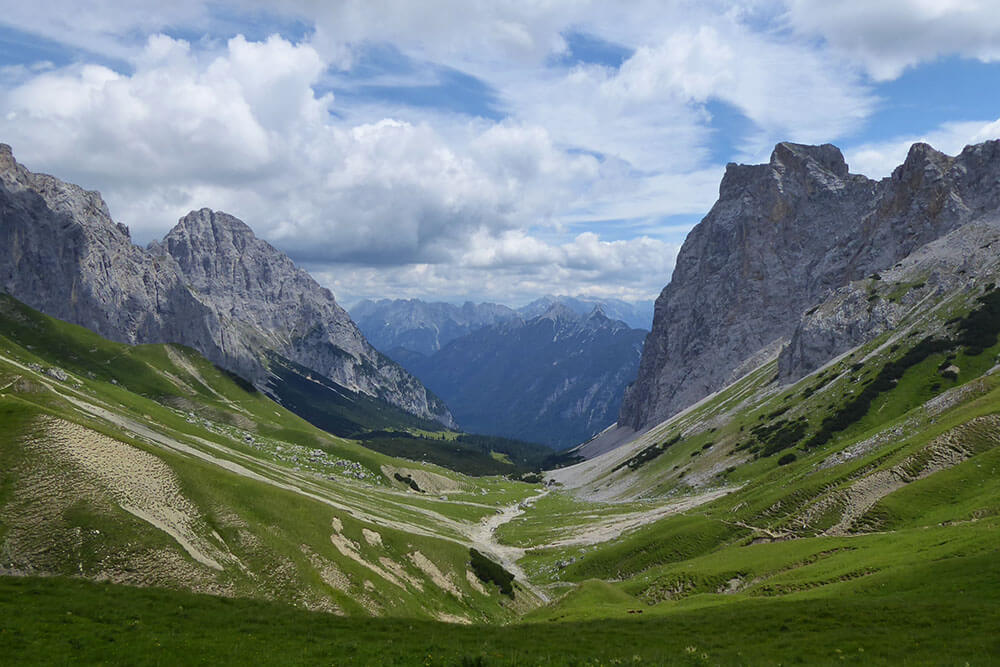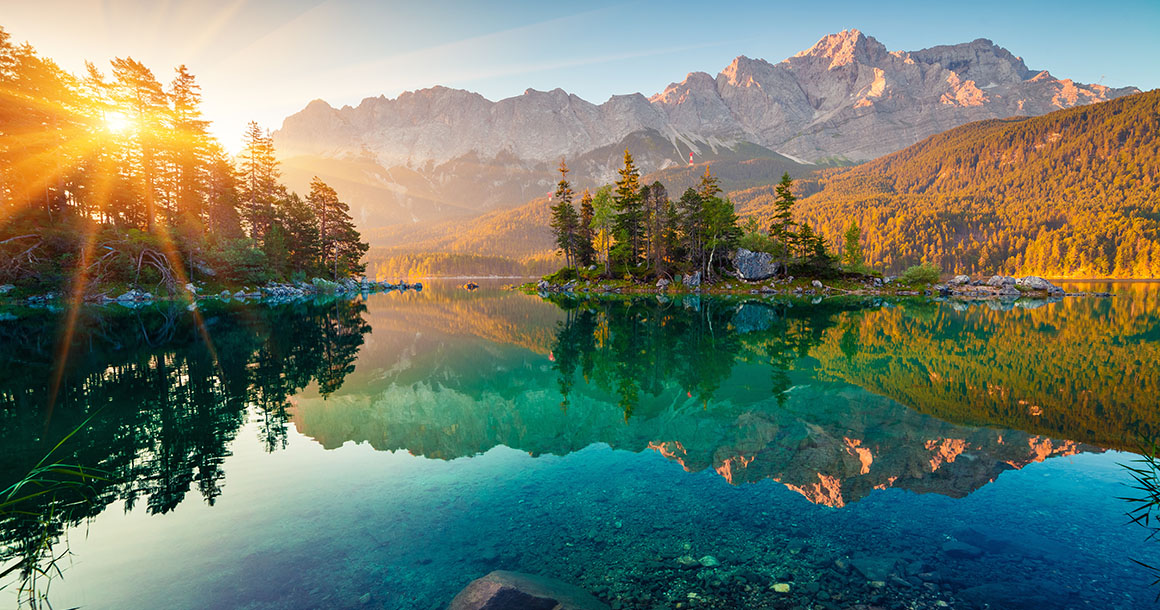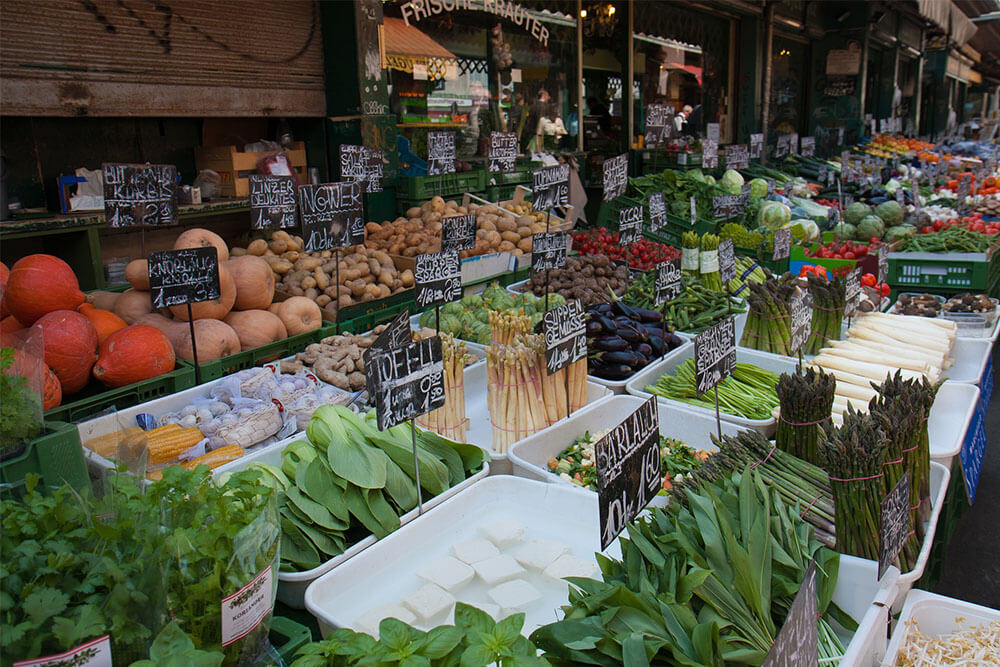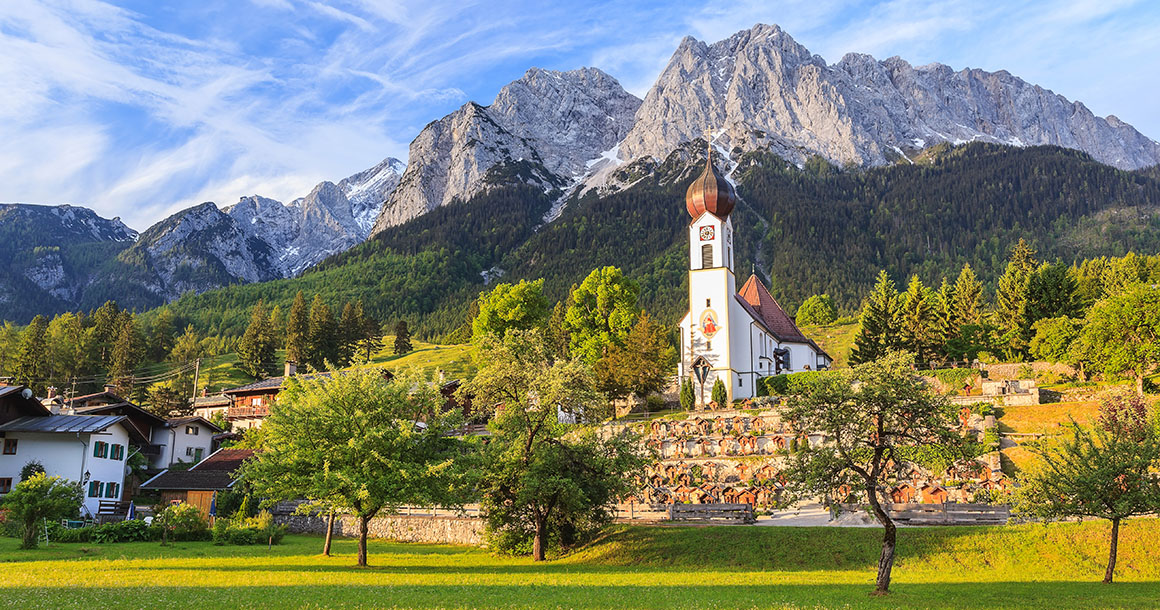 On this exciting Ryder-Walker trip through the high peaks of Germany’s Bavaria and the Austrian Tyrol, you wind in and out of both countries, exploring the unique mix of rugged limestone peaks and charming towns straddling Germany’s southern border.
On this exciting Ryder-Walker trip through the high peaks of Germany’s Bavaria and the Austrian Tyrol, you wind in and out of both countries, exploring the unique mix of rugged limestone peaks and charming towns straddling Germany’s southern border.
The region is one of the most beloved alpine in the world. Famous for its top-notch snow and its rip-roaring après-ski culture in the winter, it consistently climbs to the top of the list for best places to ski in Europe. In the summer, those same mountains yield fantastic hiking, typically beneath a wide, blue sky. This is the land of alpine forests and lush farmland, of beer steins and hearty food, of wooden chalets and fairy-tale like castles. It is also a place where the locals still sometimes sport the fabled dirndls and lederhosen, and where the sound of Oompah bands still fill the streets.
A Tour around the Zugspitze Massif

Eibsee Lake
The trip begins in Garmisch-Partenkirchen, a small city filled with bustling shops and cobblestone streets, nestled in the Oberbayern region.
After a short train ride to the famously scenic Eibsee Lake, resting at the foot of Germany’s highest peak, the Zugspitze (9718 ft.), you hike over the border into Austria, along the mountain’s dramatic northwest face. That night you sleep in a four-star hotel in Ehrwald, a small Tyrolean village nestled in a sea of mountains. After a gorgeous day hike up Mieminger Kette the next day, the mountain range high above the Inns River Valley, you enjoy a delicious lunch at the Coburger Hütte on the shores of the Drachensee before returning to Ehrwald via the Ehrwalder Almbahn gondola. From there, it’s onto darling Weidach, where you enjoy another four-star hotel and fabulous hikes up above the Leutasch Valley to the summit of Gehrenspitze, which possesses stunning views of Germany, Austria, and Italy.
The tour concludes with a return to Germany. Traverse north of the dramatic Wettersteinwand (Wetterstein Wall) and picnicking in Partnachklamm (Partnach River Gorge) before traveling back to Garmisch-Partenkirchen.
Food
 After a day of hiking rugged trails in the crisp alpine air, nothing quite fills the belly (and the soul) like a bratwurst and soft pretzel. Luckily, in this part of the world, you’ll find plenty of bratwurst (and other sausages) They are often served with baked or roasted potatoes and bread. Tyrolean food is guaranteed to fulfill every appetite. Think thick, rich soups and hearty stews with a side of homemade breads such as rye, pumpernickel, and sourdough. Dinners consist of sauerbraten. They are large roasts made from locally farmed pork, beef, or veal, seasoned with various herbs, salts and spices. Just as popular is savory duck with a side of the ever popular Knödel (bread dumplings).
After a day of hiking rugged trails in the crisp alpine air, nothing quite fills the belly (and the soul) like a bratwurst and soft pretzel. Luckily, in this part of the world, you’ll find plenty of bratwurst (and other sausages) They are often served with baked or roasted potatoes and bread. Tyrolean food is guaranteed to fulfill every appetite. Think thick, rich soups and hearty stews with a side of homemade breads such as rye, pumpernickel, and sourdough. Dinners consist of sauerbraten. They are large roasts made from locally farmed pork, beef, or veal, seasoned with various herbs, salts and spices. Just as popular is savory duck with a side of the ever popular Knödel (bread dumplings).
Deserts, too, are popular and are often made with crisp, local apples. A favorite, of course, is the mouthwatering apple strudel made with a paper-thin crust and filled with delicious apples and walnuts.
Other popular dishes include käesespäetzle. This is a sautéed spätzle topped with fried cheese and onions, speckknoedel, or bacon-crusted dumplings, and gröstl, or roasted potatoes, speck, and onions smothered in fried eggs.
Local meats, cheeses, fruits, and vegetables are praised here. Expect to find a good deal of pride surrounding farmer’s markets and the like, as well as talk of local sourcing and slow food.
Beverages include their world-famous lagers served in large steins. In Germany alone, there are 1200 breweries and 5000 different beers. Wine, especially those produced along Germany’s Rhine River, are popular. Finally, schnapps, a high-alcohol liquor made from local fruits, is common, with every region featuring its own variety. Guests are often offered a shot of it upon arriving at a guest house or a hütte (hut or cottage). Austrians are proud of their national drink.
Geology/ History
 The Alps have long held a celebrated status in this part of the world. These are the very mountains which formed the backdrop for The Sound of Music and which ignited Mozart’s symphonies. Austria, itself, possesses three distinct sections of Alps. The northern one, where you’ll hike, is known best for its beautiful limestone karst formations, and clear, mineral rich rivers. It is also know for its distinct turquoise alpine lakes, such as the Eibsee Lake, where you’ll begin your tour.
The Alps have long held a celebrated status in this part of the world. These are the very mountains which formed the backdrop for The Sound of Music and which ignited Mozart’s symphonies. Austria, itself, possesses three distinct sections of Alps. The northern one, where you’ll hike, is known best for its beautiful limestone karst formations, and clear, mineral rich rivers. It is also know for its distinct turquoise alpine lakes, such as the Eibsee Lake, where you’ll begin your tour.
Like most of Europe, Bavaria and Tyrol have been shaped by the various settlers and wars that have been fought in this part of the world. Despite its rugged and relatively remote location, groups have been living there since the Neolithic Age, over 5,000 years ago. More recently, during both World Wars, the land was divided, with control granted to various neighbors such as Bavaria, Italy, and the Allies. The effects of this volleying of Tyrol is shown in both its food and its culture. Both reflect the influence of a myriad of cultures. In modern life, the regions success as a destination for skiers and hikers alike has created a boom in its economy, the benefits of which you’ll reap on this multi-day hike through the Bavarian and Tyrolean high country.
Learn more about our High Peaks of Bavaria and Tyrol trek.









Comments are closed.